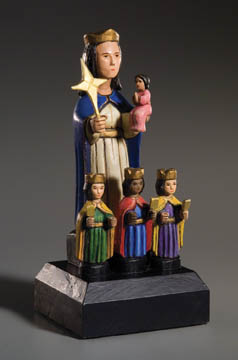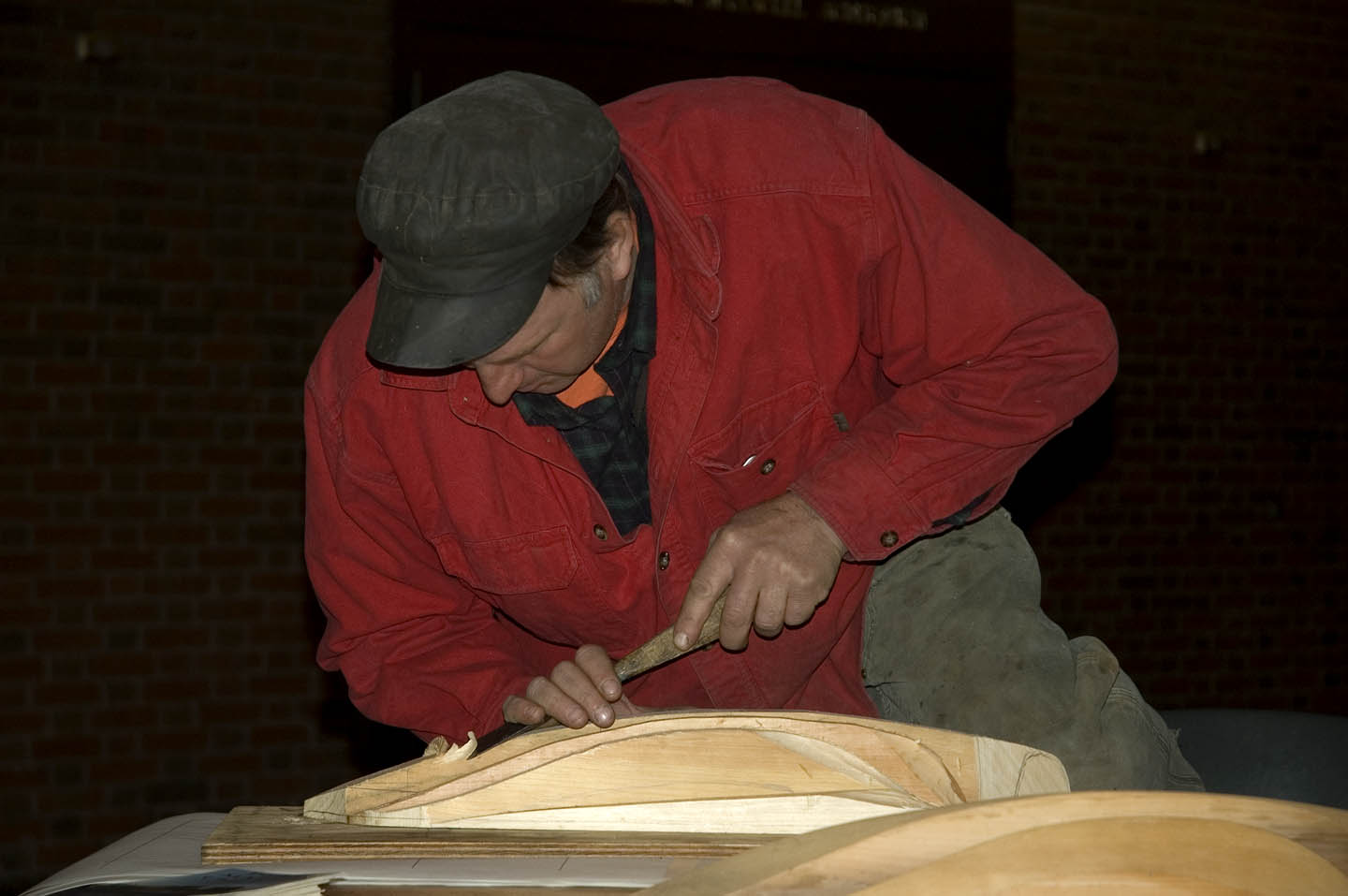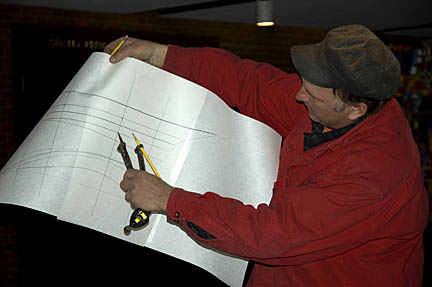
The National Heritage Museum, in collaboration with the Massachusetts Cultural Council (MCC), is pleased to announce it is extending “Keepers of Tradition: Art and Folk Heritage in Massachusetts” through June 7, 2009. ” The exhibition has been hugely popular with visitors,” said Hilary Anderson Stelling, Director of Collections and Exhibitions, “and when the opportunity to extend the show presented itself, we didn’t hesitate. We are very grateful to the artists for allowing us to display these treasures a bit longer.”
“Keepers of Tradition” features more than 100 works by 70 Massachusetts artists who preserve and revitalize deeply rooted traditions. Reflecting the populace of Massachusetts, their art takes many expressive forms-from Native American basketry to Yankee wooden boats, Armenian lace, Chinese seals, Puerto Rican santos, and Irish music and dance. Passed down from person to person within both long-settled and new immigrant communities, traditional art involves the shaping of deeply held cultural values into meaningful artistic forms. These keepers of tradition are recognized in their communities as outstanding practitioners of craft, music, dance, and sacred arts. Yet much of this work is hidden to the public at large, remaining essentially unknown beyond the local community in which it flourishes.
More information about the exhibition, including an audio tour, can be found at the Museum’s web site. The official MCC web site for the show can be found at www.massfolkarts.org.











